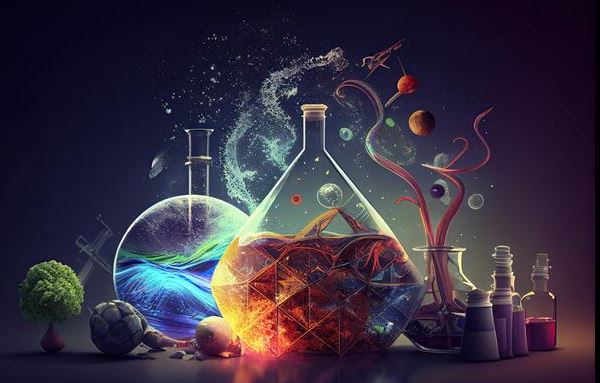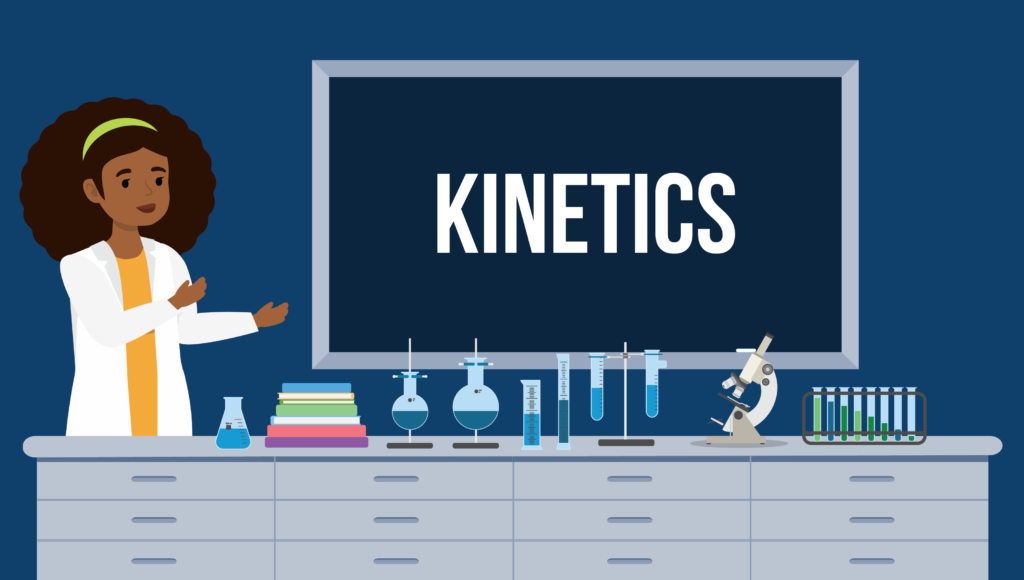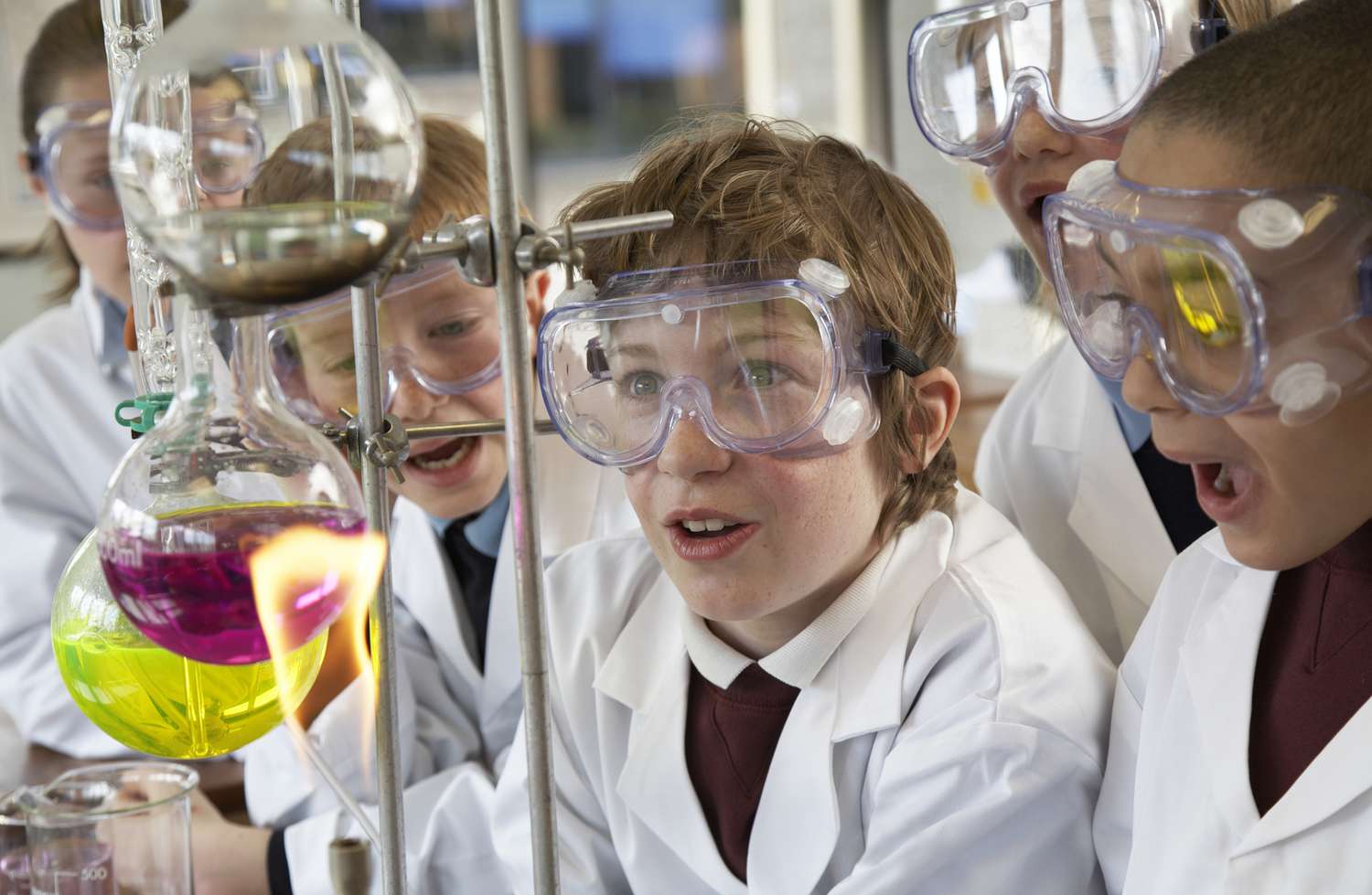Organic reactions form the foundation of organic chemistry, enabling the transformation of organic molecules through various mechanisms. Understanding these reactions is crucial for the synthesis of complex compounds, including pharmaceuticals, polymers, and natural products. This overview explores the fundamental types of organic reactions and their significance in chemical research and industrial applications.

The Chemistry of Organic Reactions
Types of Organic Reactions
Organic reactions can be broadly categorized into several types, each with distinct characteristics and applications. These include addition reactions, substitution reactions, elimination reactions, and rearrangement reactions. Each type involves unique mechanisms and conditions, leading to the formation or transformation of organic molecules.
Addition Reactions
In addition reactions, two or more molecules combine to form a larger molecule. These reactions are common in alkenes and alkynes, where double or triple bonds provide reactive sites for addition. For example, the addition of hydrogen (hydrogenation) to an alkene converts it into an alkane. Similarly, halogenation adds halogens to alkenes, forming dihalides. These reactions are essential in synthesizing various organic compounds and intermediates.
Substitution Reactions
Substitution reactions involve the replacement of an atom or group in a molecule with another atom or group. These reactions are classified into nucleophilic and electrophilic substitution, depending on the nature of the substituent. In nucleophilic substitution, a nucleophile replaces a leaving group, as seen in the conversion of alkyl halides to alcohols. Electrophilic substitution, on the other hand, involves an electrophile replacing a hydrogen atom in aromatic compounds, crucial for synthesizing aromatic derivatives.
Elimination Reactions
Elimination reactions result in the removal of atoms or groups from a molecule, leading to the formation of double or triple bonds. These reactions often compete with substitution reactions and are influenced by reaction conditions. For instance, the dehydrohalogenation of alkyl halides forms alkenes, while dehydration of alcohols produces alkenes and water. Elimination reactions are vital in creating unsaturated compounds and functionalizing organic molecules.
Rearrangement Reactions
Rearrangement reactions involve the reorganization of atoms within a molecule, resulting in a structural isomer. These reactions can occur via intramolecular shifts of atoms or groups, leading to more stable or reactive intermediates. An example is the Wagner-Meerwein rearrangement, where carbocations rearrange to form more stable carbocations. These reactions are crucial in organic synthesis, enabling the construction of complex molecular architectures.
Mechanisms of Organic Reactions
Understanding the mechanisms of organic reactions provides insights into how and why reactions occur. Reaction mechanisms describe the step-by-step sequence of events at the molecular level, including the breaking and forming of bonds. Key concepts such as reaction intermediates, transition states, and activation energy help chemists predict reaction outcomes and design new reactions. Mechanistic studies are essential for developing efficient and selective synthetic methods.
Catalysis in Organic Reactions
Catalysts play a significant role in organic reactions by lowering activation energy and increasing reaction rates. Both homogeneous and heterogeneous catalysts are used to facilitate various organic transformations. Homogeneous catalysts, such as transition metal complexes, dissolve in the reaction medium and provide specific reaction pathways. Heterogeneous catalysts, like metal oxides or supported metals, offer surface sites for reactions to occur. Catalysis enhances the efficiency and sustainability of chemical processes.
Conclusion
The chemistry of organic reactions encompasses a wide range of mechanisms and transformations essential for synthesizing complex molecules. Understanding the different types of organic reactions and their mechanisms is crucial for advancing chemical research and industrial applications. From addition and substitution to elimination and rearrangement, these reactions provide the tools for creating new compounds and materials, driving innovation in organic chemistry.




